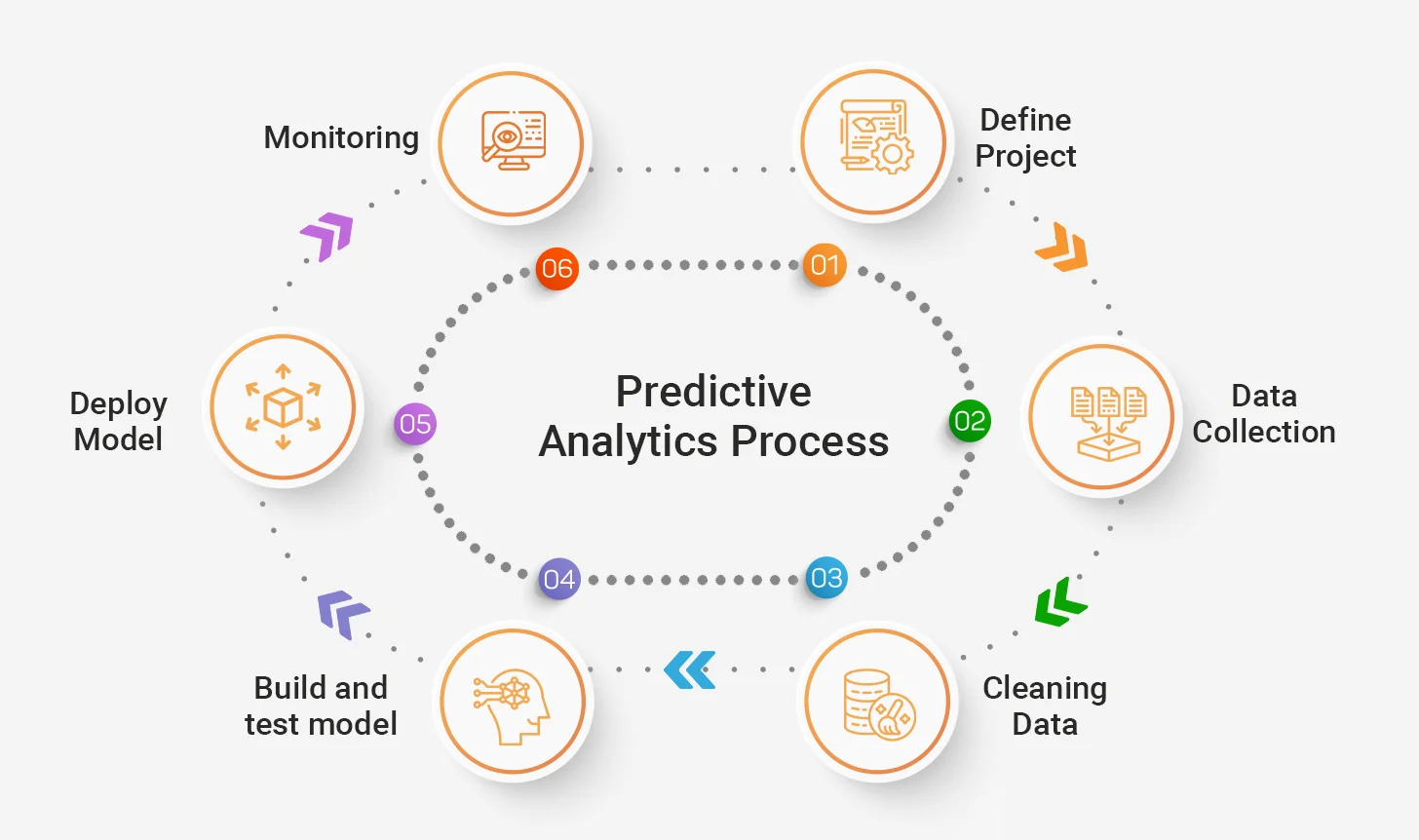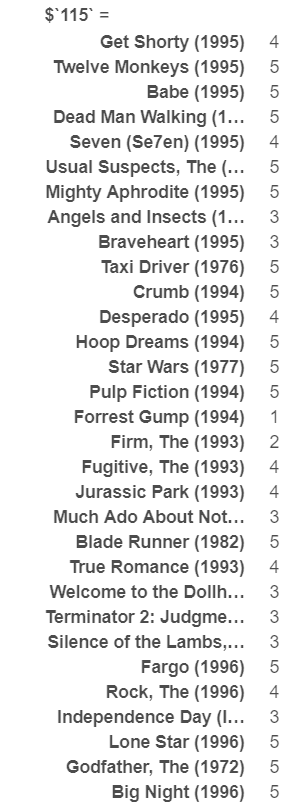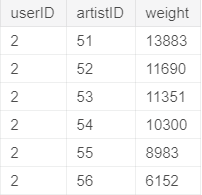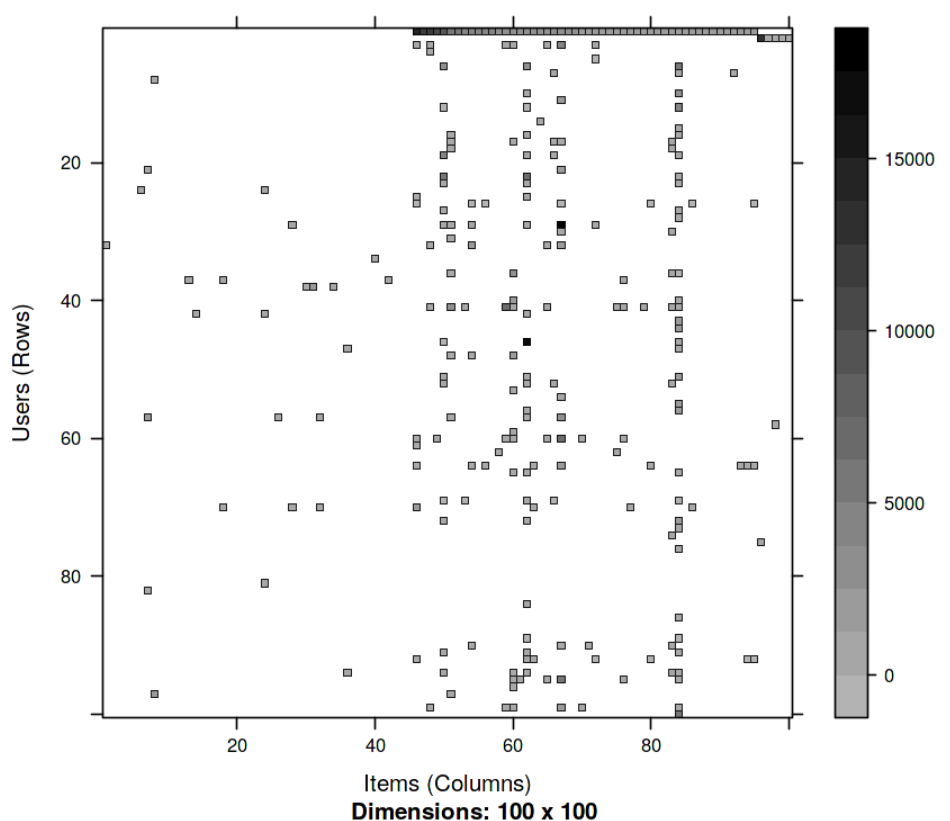This blog discusses the applications of AI in healthcare. We will learn about some businesses and startups that are using AI to revolutionize the healthcare industry. This advancement in AI has helped in fighting against Covid19.
Introduction:
COVID-19 was first recognized on December 30, 2019, by BlueDot. It did so nine days before the World Health Organization released its alert for coronavirus. How did BlueDot do it? BlueDot used the power of AI and data science to predict and track infectious diseases. It identified an emerging risk of unusual pneumonia happening around a market in Wuhan.
The role of data science and AI in the Healthcare industry is not limited to that. Now, it has become possible to learn the causes of whatever symptoms you are experiencing, such as cough, fever, and body pain, without visiting a doctor and self-treating it at home. Platforms like Ada Health and Sensely can diagnose the symptoms you report.
The Healthcare industry generates 30% of 1.145 trillion MB of data generated every day. This enormous amount of data is the driving force for revolutionizing the industry and bringing convenience to people’s lives.
Applications of Data Science in Healthcare:
1. Prediction and spread of diseases
Predictive analysis, using historical data to find patterns and predict future outcomes, can find the correlation between symptoms, patients’ habits, and diseases to derive meaningful predictions from the data. Here are some examples of how predictive analytics plays a role in improving the quality of life and medical condition of the patients:
- Magic Box, built by the UNICEF office of innovation, uses real-time data from public sources and private sector partners to generate actionable insights. It provides health workers with disease spread predictions and countermeasures. During the early stage of COVID-19, Magic Box correctly predicted which African states were most likely to see imported cases using airline data. This prediction proved beneficial in planning and strategizing quarantine, travel restrictions, and enforcing social distancing.
- Another use of analytics in healthcare is AIME. It is an AI platform that helps health professionals in tackling mosquito-borne diseases like dengue. AIME uses data like health center notification of dengue, population density, and water accumulation spots to predict outbreaks in advance with an accuracy of 80%. It aids health professionals in Malaysia, Brazil, and the Philippines. The Penang district of Malaysia saw a cost reduction of USD 500,000 by using AIME.
- BlueDot is an intelligent platform that warns about the spread of infectious diseases. In 2014, it identified the Ebola outbreak risk in West Africa accurately. It also predicted the spread of the Zika virus in Florida six months before the official reports.
- Sensely uses data from trusted sources like the Mayo Clinic and the NHS to diagnose the disease. The patient enters symptoms through a chatbot used for diagnosis. Sensely launched a series of customized COVID-19 screening and education tools with enterprises around the world, which played a role in supplying trusted advice urgently.
Want to learn more about predictive analytics? Join our Data Science Bootcamp today.
2. Optimizing clinic performance
According to a survey carried out in January 2020, 85 percent of the respondents working in smart hospitals reported being satisfied with their work, compared to 80 percent of the respondents from digital hospitals. Similarly, 74 percent of the respondents from smart hospitals would recommend the medical profession to others, while only 66 percent of the respondents from digital hospitals would recommend it.
Staff retention has been a challenge but is now becoming an enormous challenge, especially post-pandemic. For instance, after six months of the COVID-19 outbreak, almost a quarter of care staff quit their jobs in Flanders & Belgium. The care staff felt exhausted, experienced sleep deprivation, and could not relax properly. A smart healthcare system can solve these issues.
Smart healthcare systems can help optimize operations and provide prompt service to patients. It forecasts the patient load at a particular time and plans resources to improve patient care. It can optimize clinic staff scheduling and supply, which reduces the waiting time and overall experience.
Getting data from partners and other third-party sources can be beneficial too. Data from various sources can help in process management, real-time monitoring, and operational efficiency. It leads to overall clinic performance optimization. We can perform deep analytics of this data to make predictions for the next 24 hours, which helps the staff focus on delivering care.
3. Data science for medical imaging
According to the World Health Organization (WHO), radiology services are not accessible to two-thirds of the world population. Patients must wait for weeks and travel distances for simple ultrasound scans. One of the foremost uses of data science in the healthcare industry is medical imaging. Data Science is now used to inspect images from X-rays, MRIs, and CT scan to find irregularities. Traditionally, radiologists did this task manually, but it was difficult for them to find microscopic deformities. The patient’s treatment depends highly on insights gained from these images.
Data science can help radiologists with image segmentation to identify different anatomical regions. Applying some image processing techniques like noise reduction & removal, edge detection, image recognition, image enhancement, and reconstruction can also help with inspecting images and gaining insights.
One example of a platform that uses data science for medical imaging is Medo. It provides a fully automated platform that enables quick and accurate imaging evaluations. Medo transforms scans taken from different angles into a 3D model. They compare this 3D model against a database of millions of other scans using machine learning to produce a recommended diagnosis in real-time. Platforms like Medo make radiology services more accessible to the population worldwide.
4. Drug discovery with data science
Traditionally, it took decades to discover a new drug, but the time has now been reduced to less than a year using data science. Drug discovery is a complex task. Pharmaceutical industries rely heavily on data science to develop better drugs. Researchers need to identify the causative agent and understand its characteristics, which may require millions of test cases to understand. This is a huge problem for pharmaceutical companies because it can take decades to perform these tests. Data science has solved this problem and can perform this task in a month or even a few weeks.
For example, the causative agent for COVID-19 is the SARS-CoV-2 virus. For discovering an effective drug for COVID-19, deep learning is used to identify and design a molecule that binds to SARS-CoV-2 to inhibit its function by using extracted data from scientific literature through NLP (Natural Language Processing).
5. Monitoring patients’ health
The human body generates two terabytes of data daily. Humans are trying to collect most of this data using smart home devices and wearables. The data these devices collect includes heart rate, blood sugar, and even brain activity. Data can revolutionize the healthcare industry if known how to use it.
Every 36 seconds, a person dies from cardiovascular disease in the United States. Data science can identify common conditions and predict disorders by identifying the slightest change in health indicators. A timely alert of changes in health indicators can save thousands of lives. Personal health coaches are designed to help to gain deep insights into the patient’s health and alert if the health indicator reaches a dangerous level.
Companies like Corti can detect cardiac arrest in 48 seconds through phone calls. This solution uses real-time natural language processing to listen to emergency calls and look out for several verbal and non-verbal patterns of communication. It is trained on a dataset of emergency calls and acts as a personal assistant of the call responder. It helps the responder ask relevant questions, provide insights, and predict if the caller is suffering from cardiac arrest. Corti finds cardiac arrest more accurately and faster than humans.
6. Virtual assistants in healthcare
The WHO estimated that by 2030, the world will need an extra 18 million health workers worldwide. Using virtual assistant platforms can fulfill this need. According to a survey by Nuance, 92% of clinicians believe virtual assistant capabilities would reduce the burden on the care team and patient experience.
Patients can enter their symptoms as input to the platform and ask questions. The platform would tell you about your medical condition using the data of symptoms and causes. It is possible because of the predictive modeling of disease. These platforms can also assist patients in many other ways, like reminding them to take medication on time.
An example of such a platform is Ada Health, an AI-enabled symptom checker. A person enters symptoms through a chatbot, and Ada uses all available data from patients, past medical history, EHR implementation, and other sources to predict a potential health issue. Over 11 million people (about twice the population of Arizona) use this platform.
Other examples of health chatbots are Babylon Health, Sensely, and Florence.
Conclusion:
In this blog, we discussed the applications of AI in healthcare. We learned about some businesses and startups that are using AI to revolutionize the healthcare industry. This advancement in AI has helped in fighting against Covid19. To learn more about data science enroll in our Data Science Bootcamp, a remote instructor-led Bootcamp where you will learn data science through a series of lectures and hands-on exercises. Next, we will be creating a prognosis prediction system in python. You can follow along with my next blog post here.
Want to create data science applications with python? checkout our Python for Data Science training.
















